This is a demo store. No orders will be fulfilled.
Center Stage: Projects in Theatre Arts
Center Stage: Projects in Theatre Arts does the legwork for busy teachers, pulling together, in one resource, a flexible collection of stimulating activities grounded in the latest standards.
Divided into two parts, Part I focuses on creative drama processes with an emphasis on improvisation. Part II focuses on formal theatre as well as oral interpretation, storytelling, and theatre in the digital age.
Each part opens with a "Curtain Raiser" that provides an overview and warmup activities to prepare students for the activities that follow. Each chapter features one major project plus many additional suggestions for further work. Everything the student needs to know for preparing and presenting the activity is given in easy-to-follow steps.
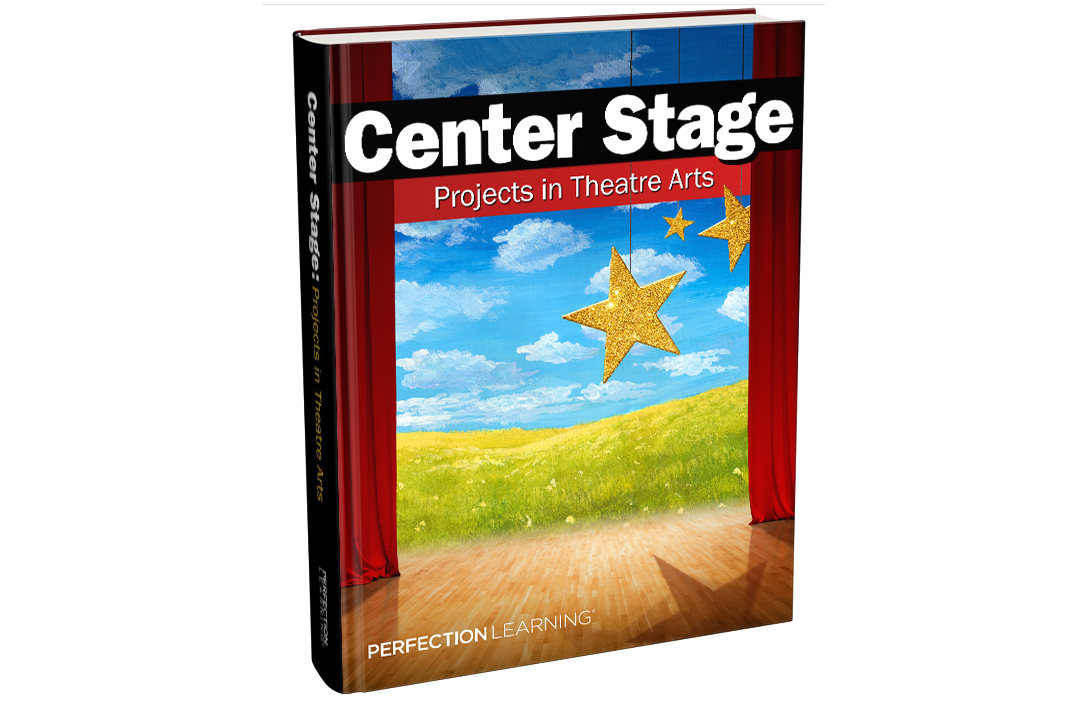

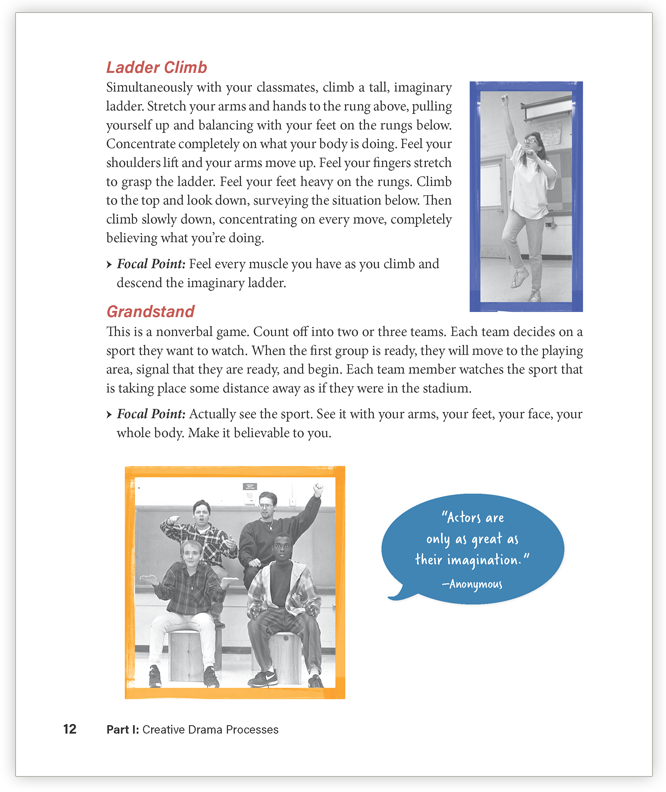

Learn by Doing
Center Stage: Projects in Theatre Arts provides fun, collaborative activities that get middle school students out of their seats and learning by doing. The activities are presented to align with theatre standards throughout the country, focusing on five essential categories:
- Create
- Perform
- Respond
- Evaluate and Reflect
- Connect
Focused Instruction in Two Parts
Teachers can cover the essential content and do it expeditiously—to get the students on their feet and practicing what they’ve learned.
Part 1: Creative Drama Process
- Topics include improvisation, observation, and pantomime.
Part 2: Theatre Production
- Topics include production, rehearsals, staging, and using technology.
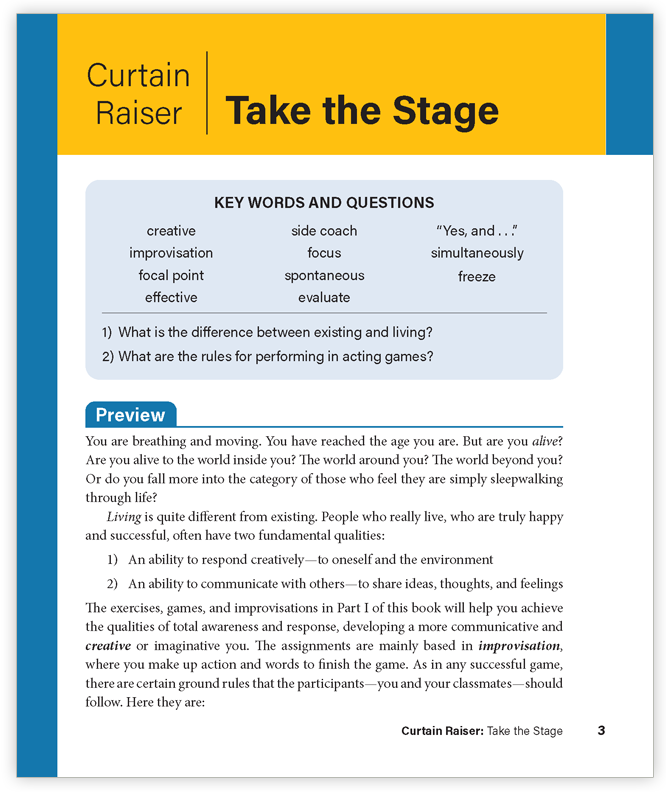

Curtain Raiser
Introduces Parts I and II, setting the stage for learning by introducing key concepts to be learned and guidelines for success.
Workshop
The two parts of Center Stage conclude with real-world activities where students apply what they’ve learned, encouraging problem solving, collaboration, and social interactions (SEL).
The activities stretch students to consider the point of views of others and use theatre to develop empathy.
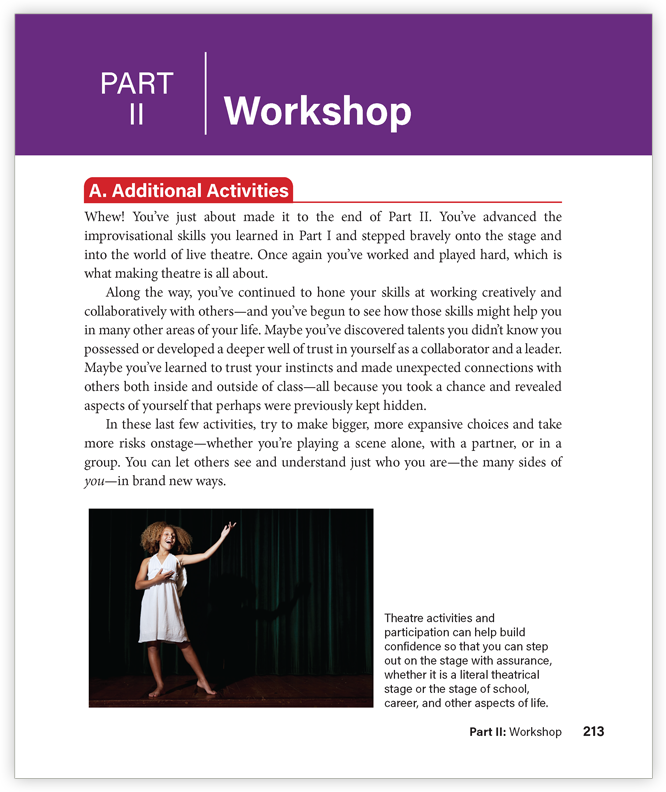

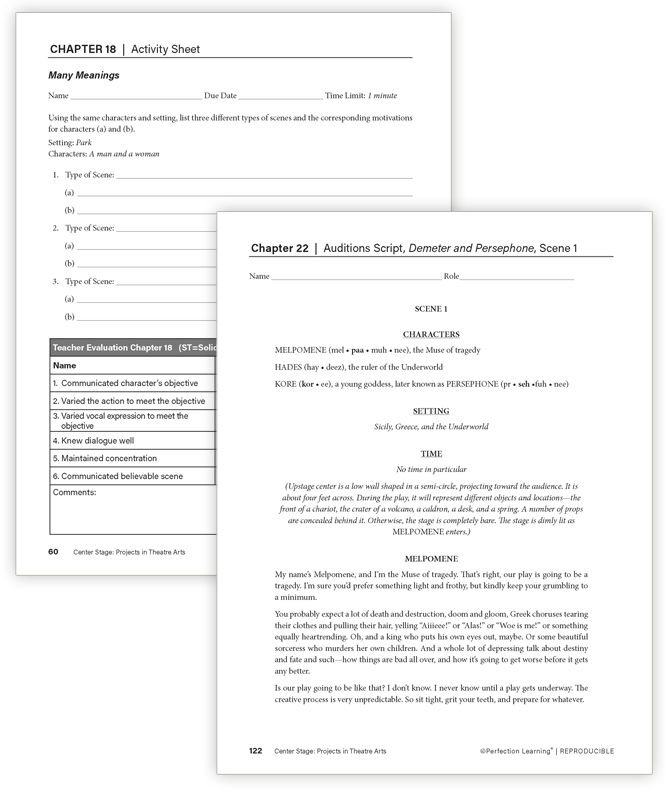

Comprehensive Teacher Resource
A teacher resource includes activity sheets, rubrics, evaluation forms, and unit exams with answer keys.
- General Suggestions for the Drama Teacher
- Drama Across the Curriculum
- Suggestions for Differentiated Instruction
- Parts I & II Teaching Suggestions
- Parts I & II Activity and Evaluation Forms
- A Note on the Scripts
- Audition, Rehearsal, and Stage Crew Script Excerpts
- Theatre Exams and Answer Keys
Consistent Chapter Structure
Consistent chapter structure makes Center Stage easy to teach. This consistency sets a routine for the teacher and students. Each chapter previews the content in the chapter and introduces key words and guiding questions with ready-made activities.


Pricing & Purchase
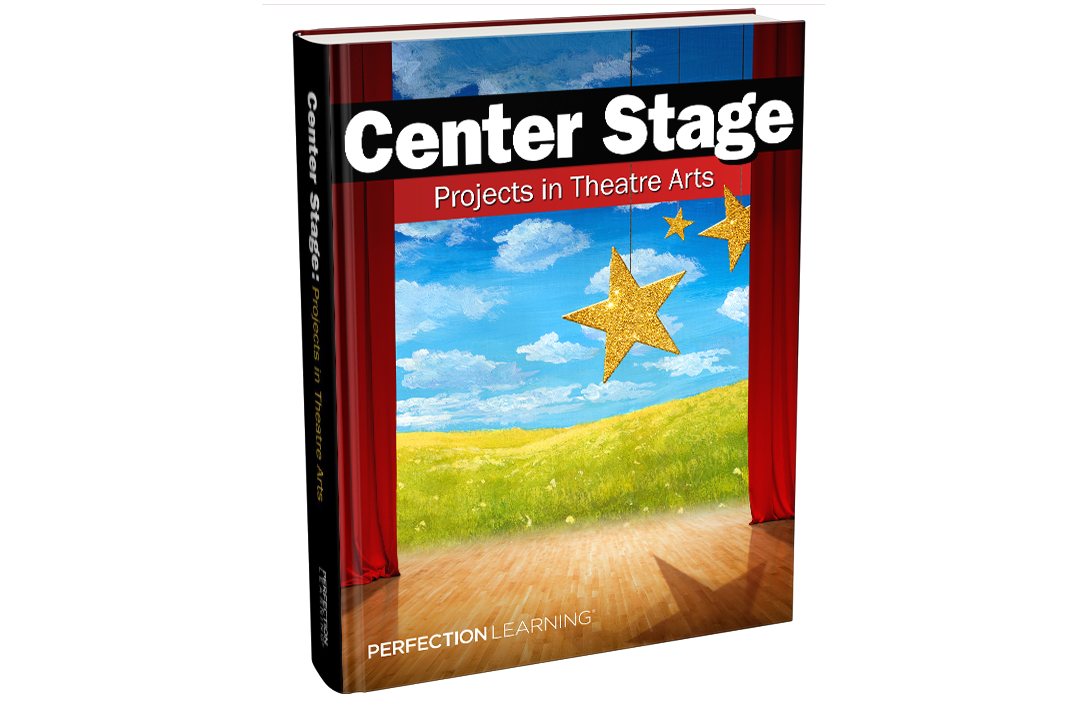

Related Products
Drama for Reading & Performance
Revive your language arts or drama curriculum with plays by distinguished playwrights
A unique two-path approach lets you use the plays for literary analysis or classroom performance.
Nine Muses: Modern Plays from Classic Myths
Plays for the drama classroom
Nine Muses features mystery, intrigue, tragedy, humor, and romance. Each of the nine plays is narrated by a muse providing her own unique, and sometimes offbeat, perspective on a classic myth.
Stages of History: Plays from America's Past
Plays for the drama or social studies classroom
Stages of History focuses on eight defining moments in American history, all featuring adolescent protagonists—the Revolutionary War, the Underground Railroad, homesteading, the Gold Rush, and more.
